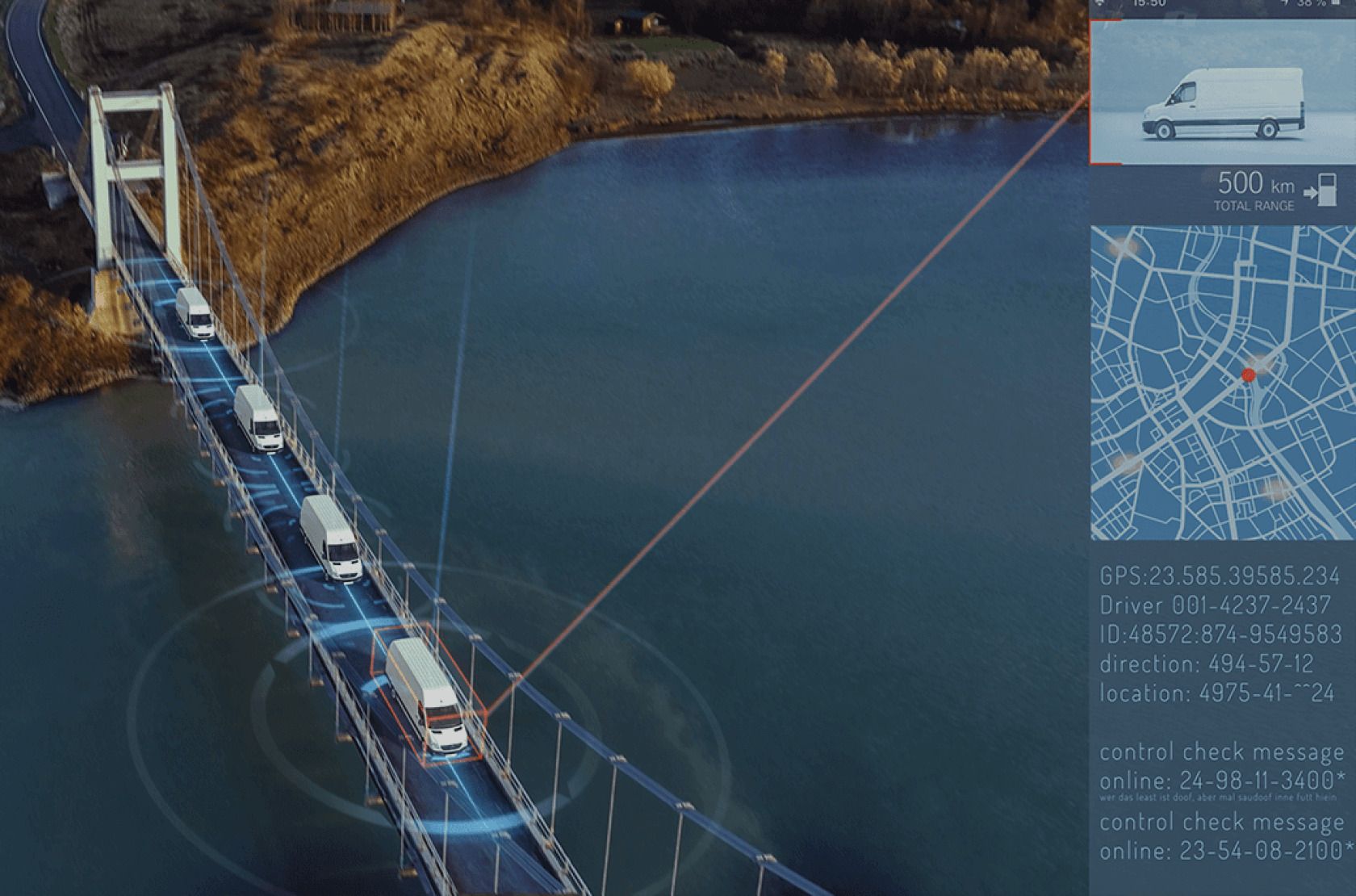In logistics and transportation, on-time delivery and safety are sometimes at odds with one another. Despite this, there is no excuse for putting the well-being of drivers in jeopardy due to a shortage of time. It is possible to have a secure life and be financially prosperous simultaneously. We believe that the most effective way to achieve this goal is to foster an atmosphere where safety is prioritised above all other concerns.
The importance of security in the transportation and logistics industry may be higher than in many other industries. The general public is put in harm's way when truck drivers do not make safety a top priority in their work environment. To demonstrate how to cultivate a culture of safe driving throughout your firm, we will utilise two different logistics companies as case studies.
Effective communication
It is to be expected that the people in your fleet will have an easy time communicating with one another. Problems with technology, an absence of leadership, and differences in a language all act as roadblocks to communication.
Failures in fleet communication have the potential to become the norm if these issues are not addressed promptly. Effective communication not only helps to lessen the burdens placed on an organisation and keeping in touch with the drivers as they work, but it also boosts the need for safe driving awareness, which Easy load does not offer as part of its modules in its TMS. In this session, we will discuss techniques to keep the flow of information from hitting any roadblocks.
1. Sms messaging directs a driver
When fewer rumours and false reports are circulating, staff members can access more accurate information. Send sales data and information about the session to each person as a text message delivered to their phone numbers. Effective internal communication is vital to ensuring that fleets can continue to operate normally even in the face of a crisis or a significant quantity of work.
Effective communication within an organisation is only possible if the internal communicator is familiar with the individuals and locations they are communicating. This level of familiarity can only be achieved by the internal communicator maintaining close relationships with HR, safety policy teams, and senior management.

2. Driver monitoring system
The software serves as the connecting mechanism between drivers and managers. Real-time information on traffic jams, road accidents, and route adjustments can be provided to management through GPS fleet tracking software. The customer is given the option of being contacted by the driver in the event of a delay or special request.
Using route planning, managers can change the delivery address at the very last minute and notify the driver. When the route is re-optimized, the order is preserved for later use. Telematics allows for communication to take place between the driver and the administration of the company. This results in fewer drivers, managers, and customers being confused, and it enhances the efficiency of the workflow.
3. Offers system
Both McLeod's and Transport Pro's modules allow you to monitor the truck's condition; they let you communicate with the driver and obtain vital information from him. TransportPro's modules also give you the ability to track the location of the truck.
The Offers System is advantageous to drivers since it relieves them of worrying about the cargo when they pick it up, resulting in a more secure trip.
Align on the Right Metrics
Because Easy Load's TMS does not feature modules, incorporating a safe driving scorecard into the driver application would provide helpful information regarding the progression of the journey as well as critical factors to consider. Both Transport Pro and Mcleod have synchronised the essential metrics in their respective modules in the following ways:
-
Onboarding systems
The use of online onboarding offered by transport pro HR, L&D, or even a long-term employee can avoid repeating themselves by providing the same information to each new employee. The new employee will have access to this online resource at all times.
-
Driver scorecard
Regarding drivers, key performance indicators (KPIs) include fuel consumption, anticipation, and brake use. If these three things are appropriately interpreted, then drivers can have conversations with them about how they drive and how they might improve.
-
Safety summary report
When drivers are under a lot of pressure to get things done, they could speed up to make their deadlines. Effective safety management allows for avoiding potential legal concerns, accidents, and damage to the firm's assets.
The entire fleet's cars are outfitted with several kinds of safety sensors. When activated, speed and proximity sensors sound an alarm to warn the driver to maintain the appropriate speed for the conditions and maintain a safe distance from other vehicles.
Transport Pro is equipped with these elements, which makes it possible for drivers to form a routine around using an application that ensures they arrive home from work in a secure manner.
Implement alongside Training and Coaching
While a program to offer safety awards is being established, now would be an excellent moment to encourage all drivers, particularly those who are falling short of requirements, to improve their abilities and analyse the ways that work best for them. Even if a driver has a bad record of safe driving, they should be given an incentive to improve their record, one of which should be the chance to start again with a perfect driving score.
Looking at Easy Load's experiences, it did not gather feedback, wasting the company's resources. Still, the experiences of McLeod and transportation to did so via TMS as advised and finished everything immediately; it is essential to organise training seminars, provide more teaching, or present good examples of defensive driving.
It's excellent that drivers may contribute to their safety awareness. Coaching, reward systems, and driver training should be part of the driving culture. Feedback is critical to ensuring that adoption is not hurried and that drivers understand why this breakthrough benefits them.
Conclusion
Because customers mainly care about cost and delivery time, managers may struggle to develop a safe driving system. It's possible that drivers won't accept the system since it adds extra labour and reduces their income (more trips = more profit). Still, the foundation is being laid for a company that is less vulnerable to the hazards that every logistics transport inevitably has to deal with. both small and large businesses. Using our platform, we can quickly spread a message on the need for safe driving habits.




